January 2018
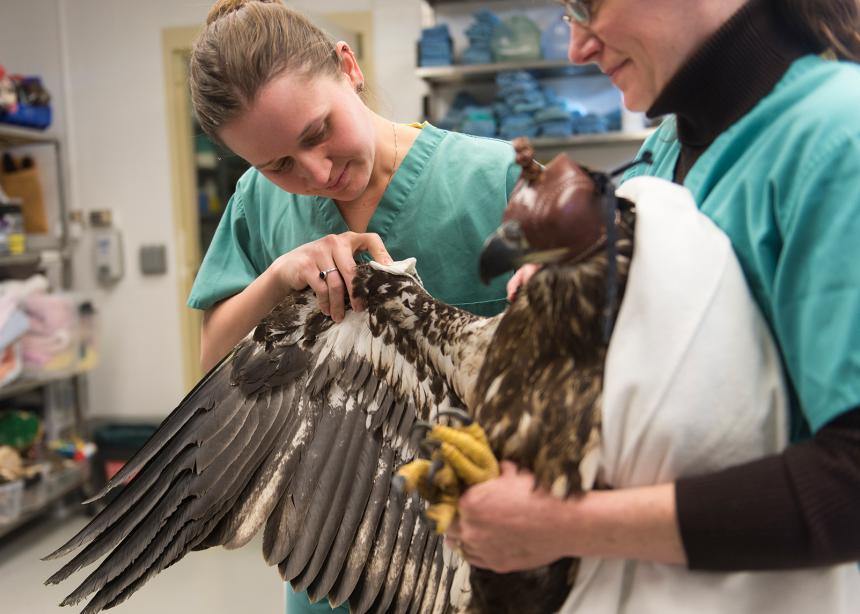
January 26, 2018
A bald eagle and northern harrier poisoned by lead and a rodenticide, respectively, are expected to make full recoveries after receiving treatment from Cornell veterinarians at the Swanson Wildlife Hospital.
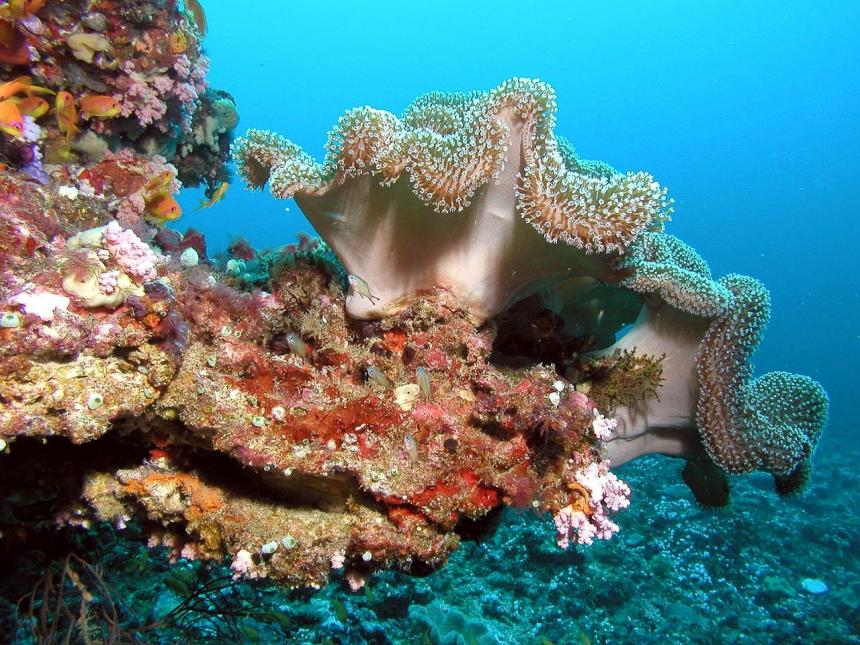
January 25, 2018
Cornell scientists and partners have discovered that plastic trash in the world's oceans causes a frighteningly high (20-fold) increase in the chance of disease in coral. Healthy coral reefs are the foundation of biodiversity in the world's oceans, and this work is helping to drive anti-pollution policy.
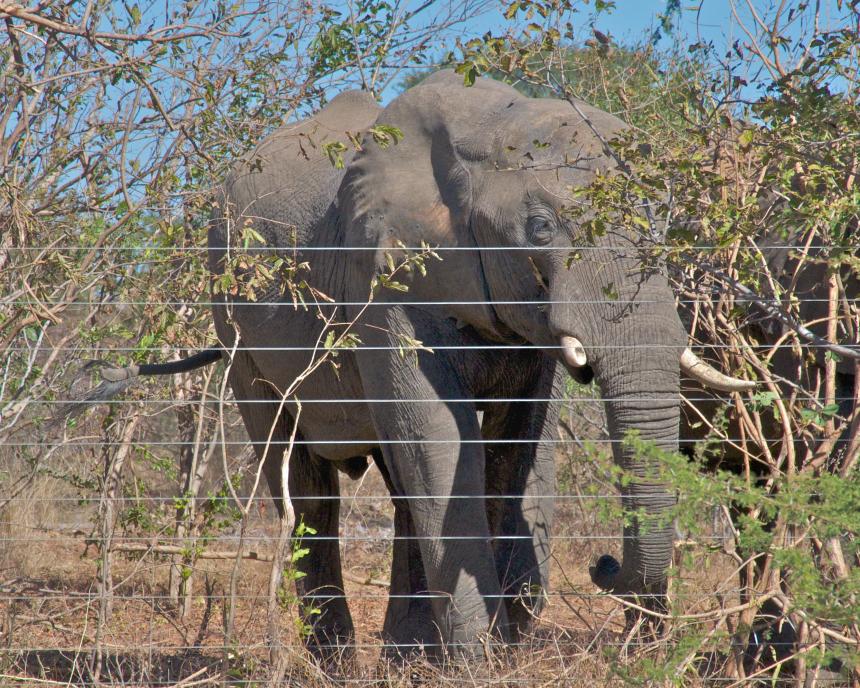
News
January 24, 2018
Cornell researchers and partners are developing novel approaches for mitigating conflicts between livestock agriculture and wildlife conservation in southern Africa, where both sectors are vital to people and planet.
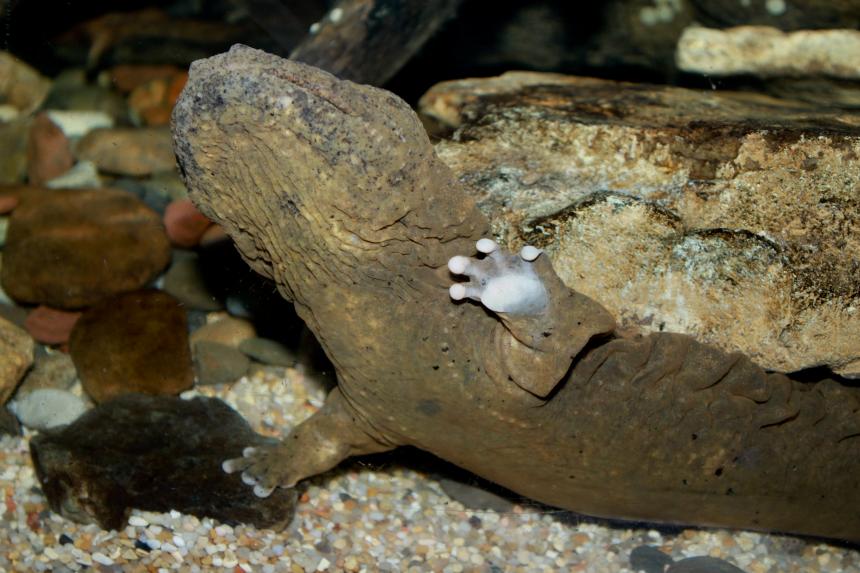
Video
January 23, 2018
Hellbenders are giant aquatic salamanders that inhabit streams in the eastern U.S., and help serve as an indicator of clean, healthy water. Cornell Wildlife Health Center scientists collaborated with award-winning nature videographer David Brown to document the work we are doing to help their declining populations.
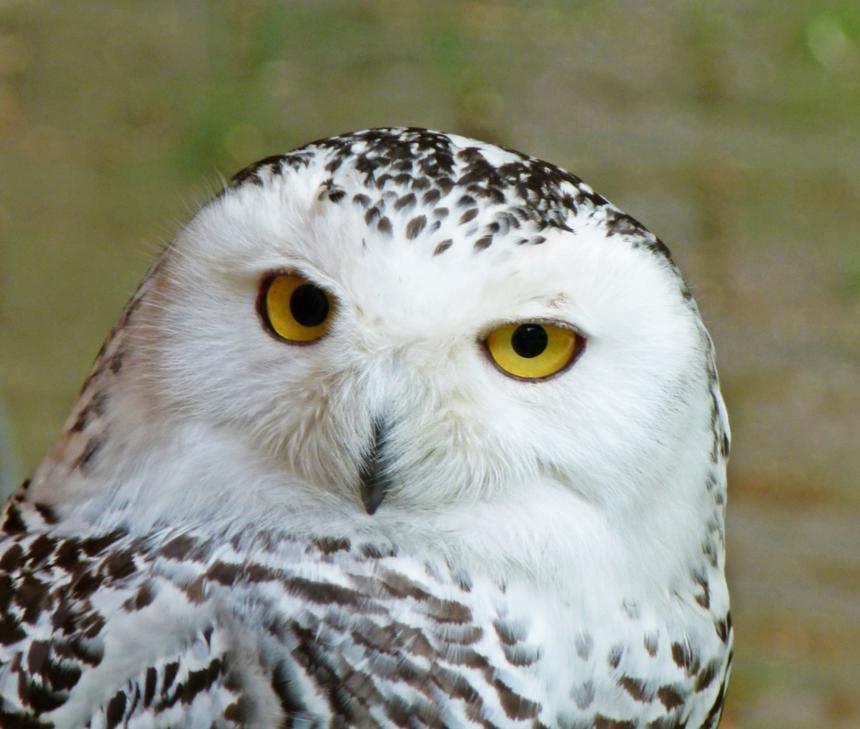
January 19, 2018
In the last few years, Cornell has confirmed two snowy owl deaths from pigeon herpesvirus, which was likely transmitted from a pigeon meal. Our lab has worked with our virologists to develop a DNA based test for the virus, making it a useful diagnostic tool when testing raptors for the disease.
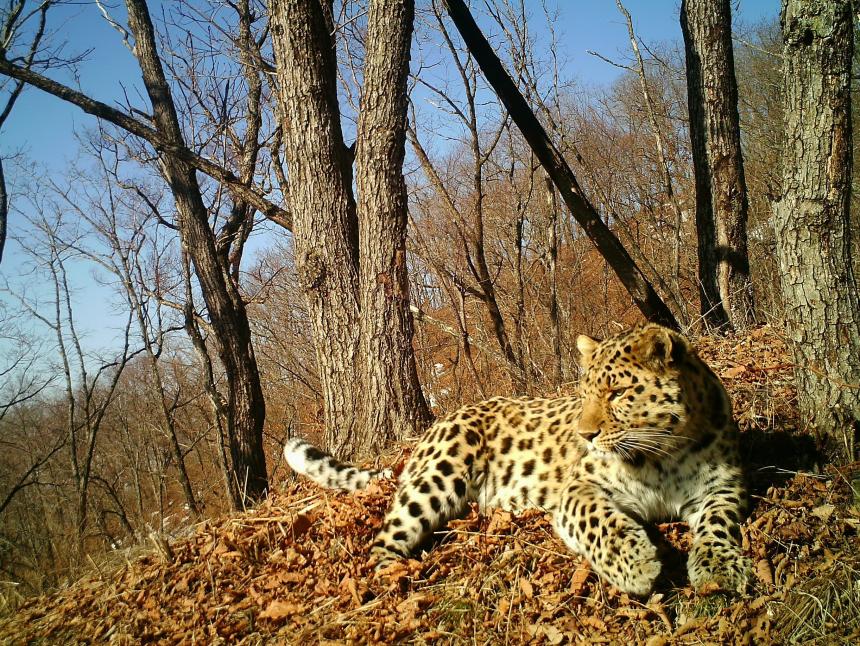
January 17, 2018
In a new paper, Dr. Martin Gilbert and colleagues describe the first documented case of canine distemper virus in a wild Amur leopard. With only 80 Amur leopards estimated to be left in the wild, infectious disease can have devastating consequences.
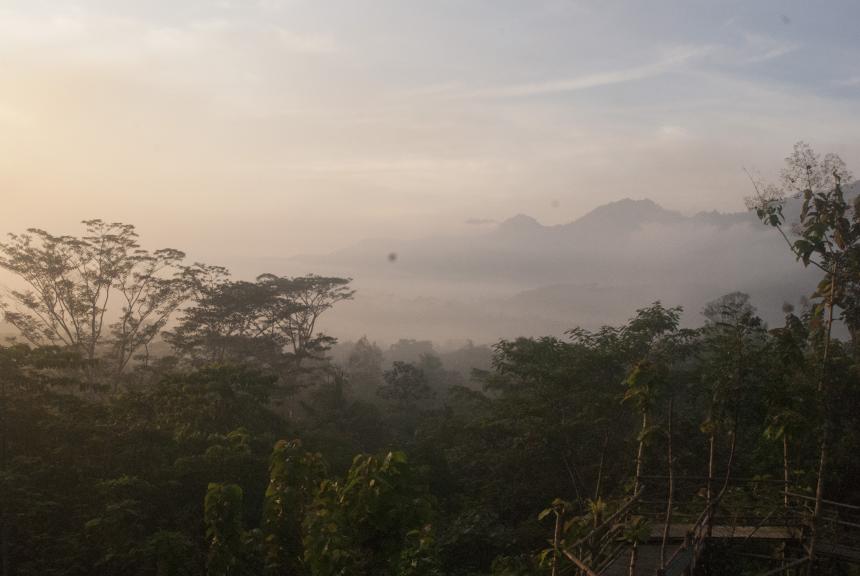
For Your Information
January 01, 2018
In Indonesia, Cornell Wildlife Health Center scientists and partners are monitoring potential disease threats to the critically endangered Javan rhino as plans move forward to expand their habitat.
